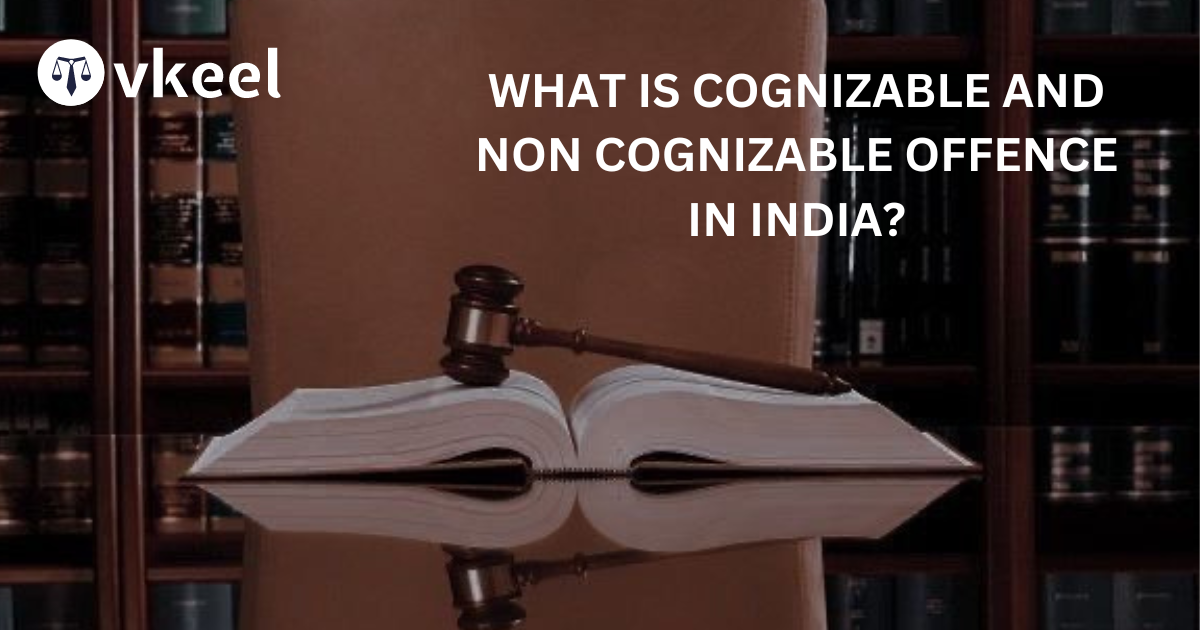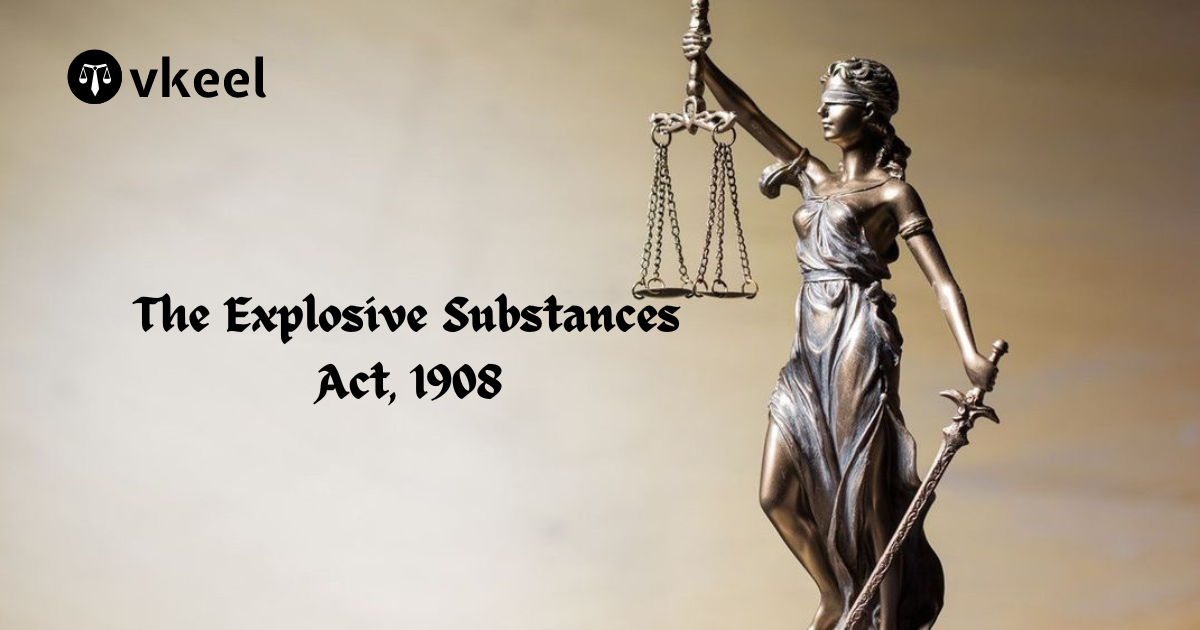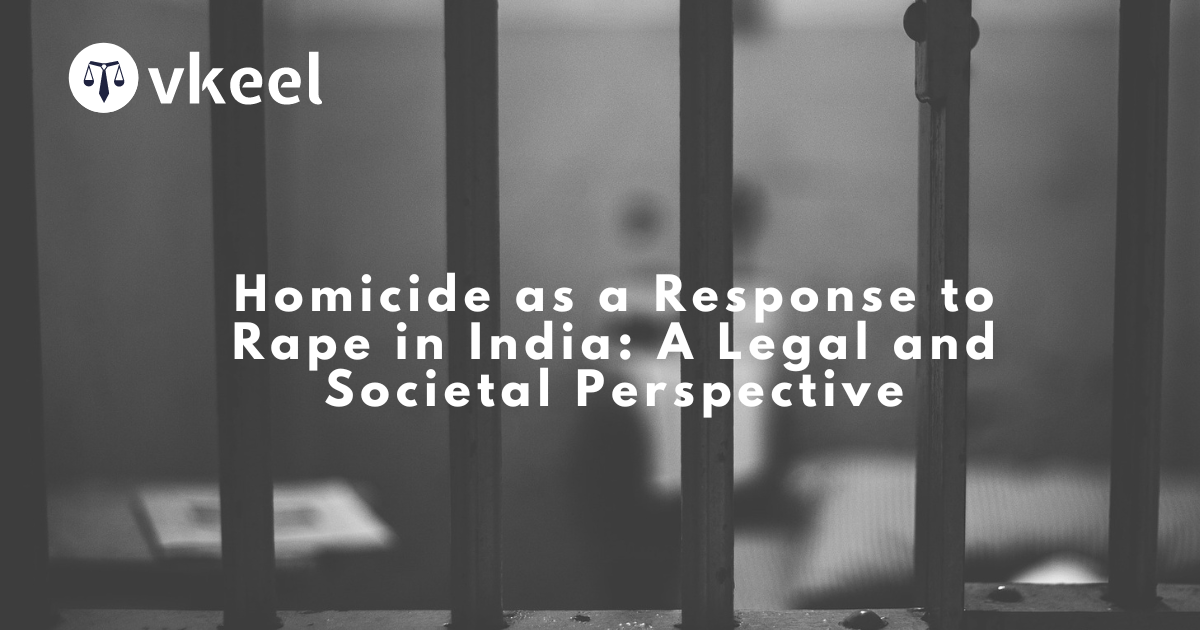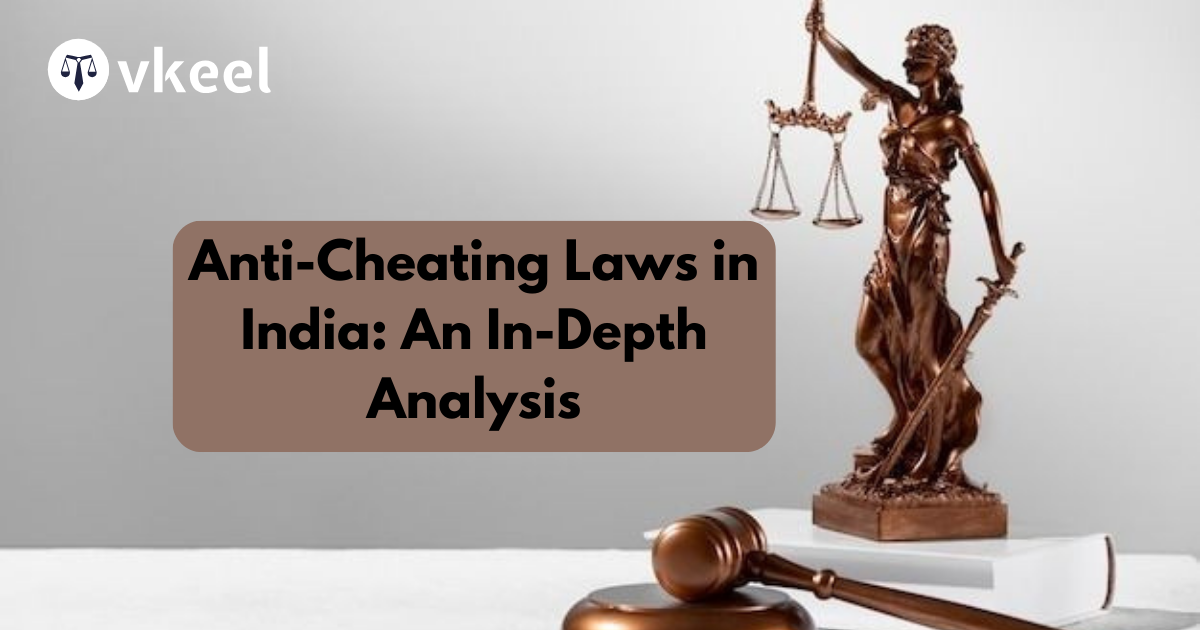What is a Cognizable and Non-Cognizable offence in India?
By Joy Puri
Table of Contents
Introduction
For the case of India, offenses are sub headed under various legislations, out of which every offence is built to address specific types of unlawful behaviours. These offenses possess a wide range of activities,be it be from civil violations to criminal statutes, and are entailed in statutes enacted by the Parliament of India and various state legislatures. Being well versed with the distinctive offenses in India requires a wide examination of both civil and criminal laws in the prevailing time, as well as special provisions for certain categories of wrongdoing.
At the fundamentals of Indian law is the the Indian Penal Code, which took birth in the Indian laws in 1860 and serves as the pivotal criminal code of the country. The aforementioned highlights and enumerates about numerous criminal offenses, ranging from minor criminal acts to serious ones, and ordains about respective penalties for each one of them. Offenses under the Indian Penal Code include various offences but are not limited to crimes against persons, property offenses, offenses against public order, and offenses against the state.
What are cognizable offences?
Cognizable offenses are classified as crimes in which a police officer can make an arrest without a warrant being issued and can start an investigation without the demand for a court order. These offenses are generally serious in nature and typically involve a serious breaches of law or public order in the society.
One of the major category of cognizable offenses includes crimes against persons. These aforementioned cases deal with harm or threat to an individual’s physical well-being or dignity in the society. If we take examples of such offenses, they include murder, assault, rape, and kidnapping. These crimes not only tend to cause harm to the victim but also pose a potential risk to public safety and order.
What are Non Cognizable offences?
Non-cognizable offenses stipulates about the crimes that are not considered serious or heinous enough to warrant immediate police action without a warrant being issued or court order being initiated. In legal terminology, these offenses are classified as minor infractions that do not tend to pose an immediate threat to public safety or property.
One if the most crucial feature of non-cognizable offenses is the requirement for a formal complaint to initiate the legal action. In many places, this complaint must be filed with the appropriate judicial authority, such as a magistrate or a district court of the prevailing matter. The complainant is usually obliged to provide detailed information about the alleged offense which took place, including any evidence or witnesses that support their claim.
In furtherance to that, the obligation for a formal complaint gives the victims to participate in the legal process and seek justice for offenses committed against them. It provides the individuals the fair opportunity to exercise their rights within the ambit of legal system and convict perpetrators accountable for their actions. Moreover, the formal complaint process helps to maintain transparency and accountability within the system by taking the view that all allegations of criminal activity are thoroughly investigated and adjudicated in the prevailing time.
How to get Bail in the Cognizable offences?
Bail typically delineates the temporary release of an accused person whose trial is pending or legal proceedings, typically granted by the court of law. The prior objective of bail is to make sure the presence of the accused during trial on the other hand balancing the presumption of innocence until proven guilty by the court of law. Mitigating factors like the seriousness of the offense, the likelihood of the accused fleeing, and the potential danger to society are generally considered when determining whether bail should be granted or not. Bail conditions may include surrendering passports to the authorities, providing sureties to court, or agreeing to regular reporting to authorities in some cases. Bail is a crucial aspect of the Indian legal system, which aims to uphold individual rights while ensuring the proper administration of justice within the country and society.
For a country like India obtaining bail for cognizable offenses indulges with a legal procedure that comes with several factors. In the first instance, in a cognizable offence, the accused must be presented before the nearest magistrate within 24 hours. (excluding the travel time).At this stage, they are made aware of the charges against them. Moreover, either personally or through legal representation, the accused can apply for bail in the court of law. The major decision regarding bail is at the discretion of the magistrate or court of law, taking view of the various factors enumerated above. If the court is convinced that the accused will not flee from the jurisdiction or tamper with evidence regarding the pertaining matter, bail may be granted. If the bail is denied, there’s an option for appeal to a higher court of law. Legal counsel is indispensable throughout this process to show possible legal routes to the complexities of the law effectively and efficiently.
Conclusion
In the recent scenario of India, cognizable and non-cognizable offences root a crucial role in the legal framework of the country. Building public tranquillity while the backdrop of cognizable and non-cognizable offences requires a multifaceted approach in the modern world. Firstly, there needs to be a high level of legal system that ensures swift and fair justice for all and with developed infrastructure, regardless of the nature of the offence by the accused. The aforementioned constituents are proper investigation procedures, access to legal aid, and transparency in the judicial process of the trial.
Moreover, community engagement and education play a crucial role in developing a culture of peace and understanding within the society. By encouraging dialogue and mutual respect among the people of the country, we can change the mindset of the people posing underlying tensions which often lead to criminal behavior and disregard to the public order and peace.
Disclaimer:
The information provided in the article is for general informational purposes only, and is not intended to constitute legal advice or to be relied upon as a substitute for legal advice. Furthermore, any information contained in the article is not guaranteed to be current, complete or accurate. If you require legal advice or representation, you should contact an attorney or law firm directly. We are not responsible for any damages resulting from any reliance on the content of this website.







